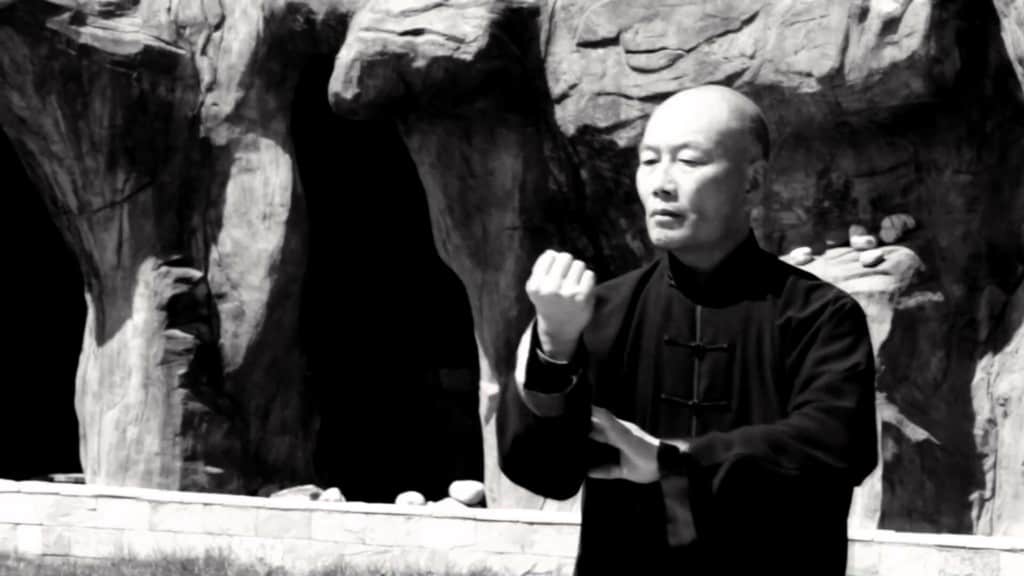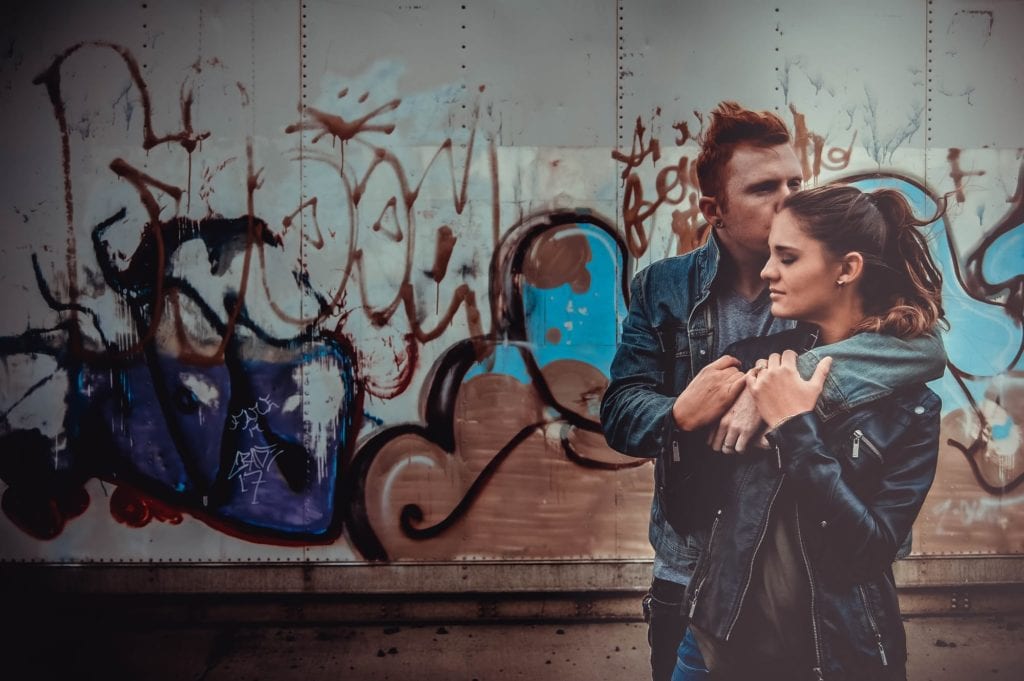Projector Kung Fu

In the Chinese language, the term kung fu (功夫) refers to any skill that is acquired through learning or practice.
A primary principle in many traditional martial arts is that of efficiency. “Efficiency” is the ability to achieve the maximum result for the amount of energy expended. In situations involving actual combat, the application of this principle can determine whether one survives the encounter or not. Every movement counts, and not using your energy efficiently will eventually catch up with you, resulting in injury or death. Thankfully, the stakes are not as high for most of us in modern society as we move through our daily lives. But for Projectors, the analogy remains an important one.
As I’ve gone deeper into the Projector experiment, I’ve become increasingly aware of the need to be more skillful with how I use my energy and work with that of others. Most of this awareness has come the hard way, by learning sometimes difficult lessons based on finding myself in compromised positions and seeing what didn’t work. Through observation and reflection, I’m better able to see the patterns in my experience and how I could more skillfully move through the world and interact with others and my environment.
For starters, I can see that there have been times when I did not wait to be invited into relationship. Due to conditioning (and perhaps my own drives and urges), I initiated a connection or tried to operate as a Generator, responding to whatever I was presented without the recognition of who I really was and the value I could bring to the situation. In these instances, I was working from a place that was already out of alignment with my true frequency and how I can best move through the world.
Its been a process of first seeing, and then changing my habitual ways of relating. As a long-time martial artist, it doesn’t seem all that different than walking into a new school or dojo and beginning the process of undoing all of the patterns of tension and holding in the mind and body. Learning to relax, to stop fighting myself and just do the movements of the form or practice.
This refining process can often take years, but with dedication and persistence, progress occurs and one can eventually reach a point where one’s movements just happen and flow without thought. There is an experience of “what is” which is unfiltered by the mind and grounded in the moment and one’s senses. This state is sometimes described as “mushin” or “no-mind” in the traditional Japanese martial arts and represents a state of high efficiency within oneself. Our mind stops interfering in our movements and we only use the minimal amount of tension or force in what we are doing.
Yet, in context with another person, this is not enough. It’s one thing to develop a greater degree of discipline and control over oneself, and quite another to exchange with the other, who is a unique and complex (and often unpredictable) system who is also moving dynamically through space. As Projectors, we are designed to receive and take in the energy of the other. Our Projector nature is to merge with the other, yet if we cannot remain centered in ourselves we will probably find ourselves out of balance and at risk of being overwhelmed and knocked down.
Bringing this back to our experiment in Human Design, it seems to be a question of truly grounding ourselves in Projector strategy and our unique inner authority. If we can relax into our definition and true-self without excess tension in the body or fixating on any particular movement or object, we are in a better position to work with the energy of others without losing ourselves in it.
Nothing is added in this exchange, we’re seeing and working with what is; the energy that is already there. If we have an agenda or set out to “do something” to the other, we expose ourselves and provide an opening for the other that can potentially be used against us. Instead, we let the other make the first move (the invitation) and we respond in a way that allows us to maintain our center and balance. It becomes something of a dance in which we can avoid harm to ourselves, and at the same time reduce disharmony with the other.
We can, of course, come in swinging, looking for the knockout punch. This can be an effective approach if your punch is good and that is what the situation calls for. But it can also set you up for a fight, which you may or may not ultimately win, not to mention the amount of potential energy expenditure in a situation like that. There’s an old adage in martial arts to never back someone into a corner, instead leave them a way out. When we back someone into a corner they will often fight for their lives and use every tool, trick, or method they possess to save themselves. We end up fighting with a cornered animal who feels like their life depends on it.
There is another approach we see in martial arts like Jujutsu/Jiu-Jitsu (meaning “yielding or gentle art”). In Jujutsu, we are taught not to meet an opponent’s energy head-on with force, but instead to yield and blend with their force, while putting ourselves in a better position from which we cannot be thrown or injured.
We learn to move in under the radar, without triggering that fight response by setting off alarms in the other. We see where they are, what they need, and we give it to them in a supporting and loving way. We disarm their resistance and remove the fight from the exchange, and in the end, we have retained our sense of dignity and purpose and can walk away from the exchange without feeling compromised energetically or physically. This approach may not sound like martial arts as we commonly think about them, but it exists, and there are some people in the world who are very accomplished at this.
In the classic treatise on martial arts The Art of War, Sun Tzu writes: “The greatest victory is that which requires no battle.” We see this lesson illustrated in the tale of two high-level martial arts masters set up to engage in combat, both instantly knowing that one has the upper hand. From an onlooker’s point of view, nothing has happened, but they both know that the battle is already decided.
This is the highest form of martial arts, to win without fighting. But it isn’t a big ego show like two primates beating their chests, it’s based on decades of practice, sophistication and refined skill in the realm of martial combat and interacting effectively with the other. It may also be the ultimate example of maximum efficiency with the least amount of energy expenditure.
So to recap, here is a simple overview of the general steps of this Projector Kung Fu process as I see them:
First, we have to stop doing the wrong things. These are the things that create unnecessary resistance and difficulty in our lives. The things that drain our energy and prevent us from becoming successful in whatever we’ve undertaken. In Human Design, this means uncompromisingly following our Strategy and Authority.
Then we start doing the right things and practice them until they become a natural and automatic part of who we are and what we do. These are the things which are in line with and further our aim. We invest in and put our attention on things that matter and are in alignment with our true selves. We learn to really see and witness how energy works within ourselves and our relationships, and we work to become more skillful with it all in the context of our daily lives.
Doing these two things alone will free up more of our attention to focus on even greater possibilities. After time and practice, we find ourselves in a new place with new abilities, where we can see even more. We are moving through the world with purpose and alignment in our true-selves and can experience the success we are here to have as Projectors.


